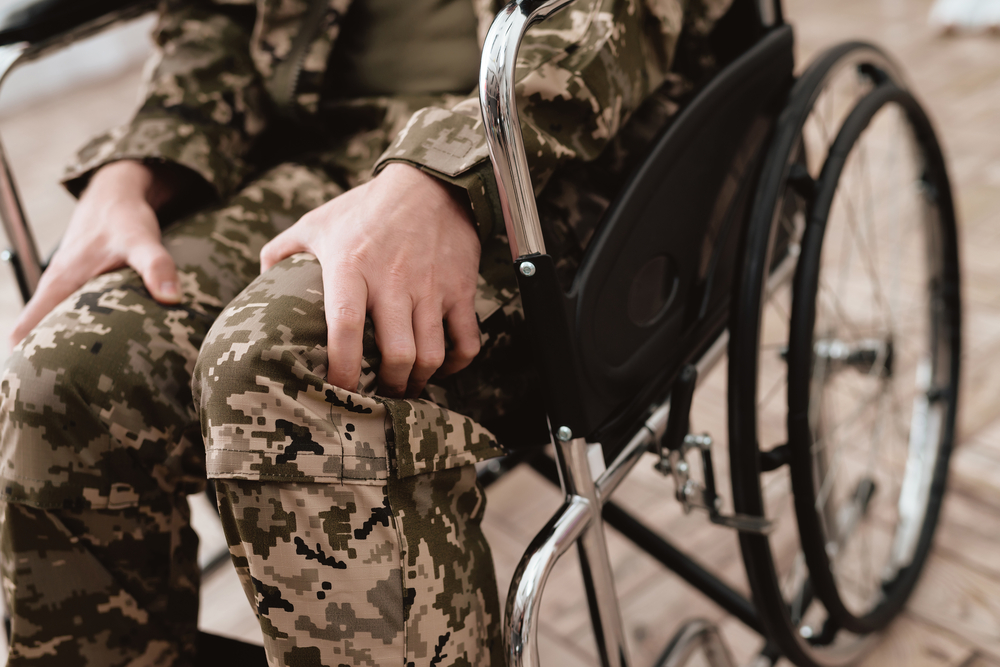A fall is defined as an ‘event which results in a person coming to rest inadvertently on the ground or floor or other lower level.’[1]
Across the globe Falls are one of the most critical health concerns with an estimated 646,000 fatal falls occurring each year. However, the impact of non-fatal falls is unable to be truly quantified. It is estimated that for every fatal fall there are:
- 4 cases of permanent disability
- 13 cases requiring hospitalization for more than 10 days
- 24 cases requiring hospitalization for 1-9 days
- 690 cases requiring time off work or school
The cost to the economy of these non-fatal falls is therefore astronomical.
Falls prevention strategies are obviously very important as a measure to reduce risk and limit the number of falls but we accept that using the term ‘risk reduction’ accepts some people will still fall. Falling cannot and will not be eradicated.
Once we accept that people will continue to fall despite reduced risks it then becomes important to consider our reaction to that fall and the impact our response or actions have on the person’s long-term health and well-being.
Impact of a lie
The inability to rise from the ground after a fall is dangerous because of the length of time spent lying on the floor. This time depends on the individual’s ability to rise after falling and on whether help is available.[2]
It is important at this stage to understand the different post-fall risk phases, namely ‘delayed initial recovery’ and ‘long lie’.
A delayed initial recovery is when the faller remains on the floor for between 10 – 59 minutes.[1] The impact of a delayed initial recovery is psychological and emotional trauma with increased post-fall anxiety and reduced functional independence or activity engagement. Occupational Therapists are acutely aware of the impact of these issues on health and well-being.
A long lie is when the faller remains on the floor for 60+ minutes. The impact of the long lie are all of those stated within delayed initial recover but with the addition of physical and physiological impact. These include body temperature and potassium serum levels for example.[2]
Post-fall management
In the absence of one national legislative document, it is left to individual states to provide guidance to their clinicians and caregivers.
The American Association of Colleges of Nursing (AACN), the American Nurses Association (ANA) and the American Occupational Therapy Association have issued several statements of support for safe patient handling and no-lift policies [3] but there remains a perception that the development of safe handling equipment and processes have not grown within healthcare as they have within industry.
However, despite this perception strides have been taken to address the issue of moving and handling related injury:
- The Veterans Health Administration Patient Safety Center introduced safe patient handling programs in 23 high-risk units (with 20 to 60 beds each) in seven Southeast facilities. The cost-benefit analysis showed a net savings of $200,000 per year, and the initial capital investment was recovered in approximately four years[4]
- After investing $800,000 in a safe lifting program, Stanford University Medical Center saw a five-year net savings of $2.2 million. Roughly half of the savings came from workers’ compensation and a half from reducing pressure ulcers in patients [1]
- After creating a culture of safe patient handling, Englewood Hospital and Medical Center, a 520-bed acute care teaching hospital in New Jersey, reported that it met and exceeded its return on investment goal of 155 percent within 30 months[2]
These are all great achievements and although implements some time ago still highlight what can be achieved. However, they deal predominantly with moving and handling from a place of safety rather than the floor which is the likely post-fall resting place.
Patient handling risk assessments take into account the person, the specific task and the environment we must consider the impact that this position has on the caregiver and the person.
When a person falls, particularly when they are elderly, frail or vulnerable there can be an instinct to call emergency service. This is particularly true when caring for someone in their own home or more domestic environment. The reliance, therefore, is on the emergency responder to get the person from the floor.
However, given what we know about the impact of a delayed initial recover and long-life there is an opportunity for the caregiver to make decisions about getting the person off the floor and to a position of safety.
Post-fall assessment algorithms such as I-STUMBLE allow caregivers to make educated decisions about the safety of moving someone who has fallen.
Equipment such as the Mangar ELK and Camel then allow caregivers to move the person from the floor with no physical lifting, maximizing their recovery and removing the risk to the caregiver.
It is critically important that falls are used as a learning incident to ensure that all risks are minimized in the future. For this to happen there must be:
- Up-to-date individual risk assessments & care plans
- Accurate and timely documentation of the fall
- Appropriate processes & protocols in place
- Access to equipment that enables safe response for hospital patients, veterans at home and care teams/givers
Without investment in appropriate post-fall equipment or training, we continue to accept the physical and psychological impact of falls on the most vulnerable.
[1] WHO – Available at https://www.who.int/news-room/fact-sheets/detail/falls
[2] https://onlinelibrary.wiley.com/doi/full/10.1111/j.1532-5415.2012.04017.x?sid=nlm%3Apubmed
[3] https://www.archives-pmr.org/article/S0003-9993(15)00378-0/fulltext
[4] https://onlinelibrary.wiley.com/doi/full/10.1111/j.1532-5415.2012.04017.x?sid=nlm%3Apubmed
[5] http://www.mtpinnacle.com/pdfs/Guide-to-Safe-Patient-Handling.pdf
[6] Nelson, A., M. Matz, F. Chen, K. Siddharthan, J. Lloyd, and G. Fragala. 2006. Development and evaluation of a multifaceted ergonomics program to prevent injuries associated with patient handling tasks. International Journal of Nursing Studies. 43: 717-733.
[7] Celona, J., E. Hall, and J. Forte. Making a business case for safe handling. As cited in: Gallagher, S. M., W. Charney, and L.D. McGinley. 2010. Clinical nursing education series: Rethinking lift teams. Bariatric Times. 7(11): 18-23.
[8] Cadmus, E., P. Brigley, and M. Pearson. 2011. Safe patient handling: Is your facility ready for a culture change? Nursing Management. 42(11): 12-15




